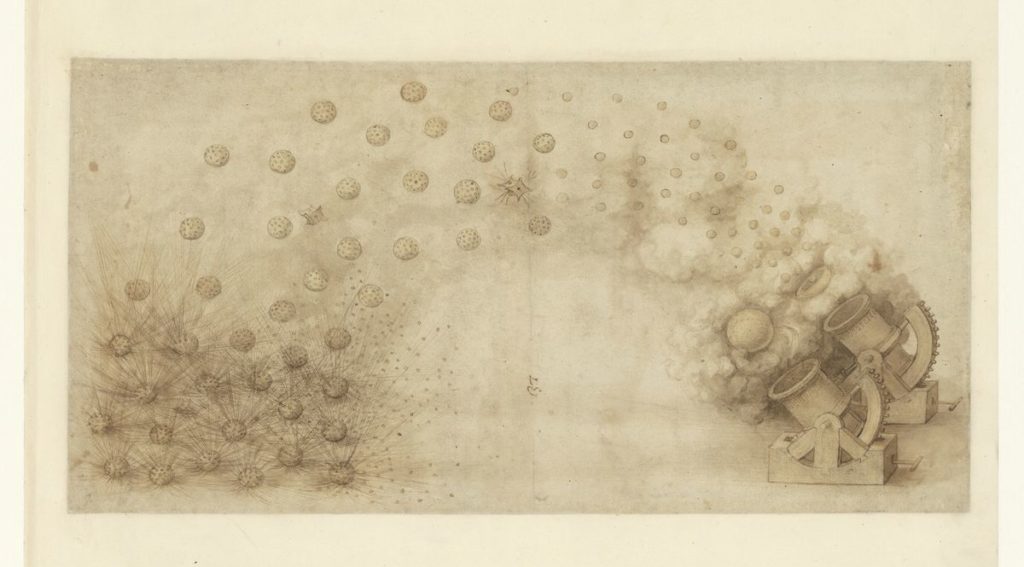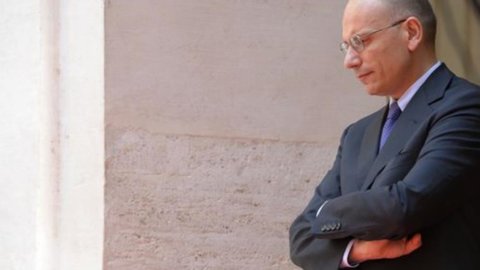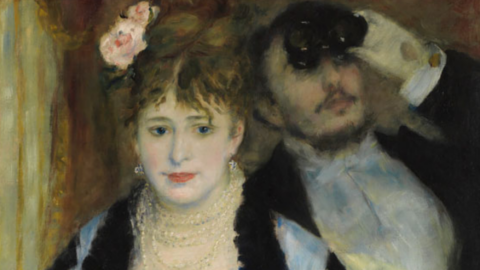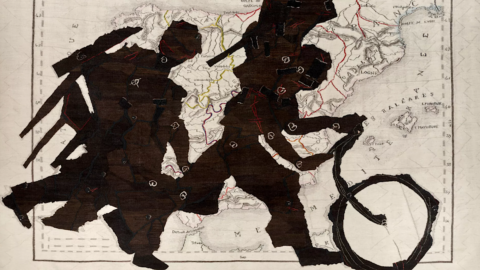The ten rooms of the Scuderie del Quirinale in Rome celebrate the genius of Leonardo da Vinci on the XNUMXth anniversary of his death. Ten original designs of the great Tuscan artist will be the leitmotif of the exhibition Leonardo. Science before sciencea which will lead the public through over 200 works that will explain engineering, art, technique, philosophical thought between the fifteenth and sixteenth centuries, at the dawn of that scientific revolution that will transform the world view known up to that moment .
“There are ten drawings because there are ten rooms in the museum and above all we have tried to choose a series of original works by Leonardo that belong to different disciplines and thematic fields. We wanted a drawing for each room that would accompany the visitor in discovering the works that make up the exhibition and so we were able to present the art of war, perspective, waterways, flight, trades", he explained The director of the Scuderie del Quirinale Matthew Lanfranconi.
The exhibition will be open to the public from 13 March to 30 June, a journey through historical models, manuscripts, drawings, rare volumes, prints and paintings from prestigious national and international institutions: "A large exhibition conceived for the Scuderie del Quirinale which intends return the most recent studies and interpretations of Leonardo's work as an engineer and humanist, highlighting its relationship with the thinking of his contemporaries. This exhibition is made special by the integration of models from the museum's historical collection, sheets from the Codex Atlanticus from the Ambrosiana Library and loans granted by prestigious museum institutions”, explained Claudio Giorgione, curator of the National Museum of Science and Technology Leonardo Da Vinci of Milan.
Another valuable element integral to the selection of works chosen for the exhibition are the original doors of the San Marco del Naviglio lock in Milan, which remained in use until 1929. Together with this, particular attention is paid to the Leonardo's library with the exhibition of the treatise by Francesco di Giorgio, the only volume belonging with certainty to Leonardo and enriched with annotations in his hand. From the Bibliothèque of Geneva instead comes one of the two manuscripts of the Divina Proportione by Luca Pacioli, created for Duke Ludovico il Moro in 1498 and is enriched by the representation of sixty solids based on the preparatory drawings made by Leonardo.
The exhibition – organized by the Scuderie del Quirinale in collaboration with the Leonardo Da Vinci National Museum of Science and Technology and the Veneranda Biblioteca Ambrosiana in Milan and curated by Claudio Giorgione – aims not only to celebrate Leonardo Da Vinci from the Milanese period up to the late Roman period, but also its myth and its cultural heritage, present the drawing as one analysis and communication tool, the ability to observe and transversal thinking capable of creating an idea of knowledge that builds relationships and connections.
The review boasts the collaboration of Thomas Cian and Marco Malvaldi. Special events and workshops will contribute to enriching and deepening the contents of an already wide-ranging exhibition: adults and children will be able to test themselves with fresco and perspective drawing courses, also experimenting with the technique of building machines and the calligraphy of the Vincian era. In addition to courses and workshops hosted directly inside the Scuderie del Quirinale, the city of Rome becomes the stage for the "Leonardo in the city" initiative, a rich series of appointments and meetings on the figure of Leonardo and his thoughts. Angelica Library and Argentina Theater are just some of the institutions that will host the event celebrating the genius of Leonardo Da Vinci.
LEONARDO: THE ROOMS OF THE EXHIBITION
Below are some of the preparatory cartoons drawn in his own hand by Leonardo and particularly important for the study of perspective, the analysis of the city and waterways, the invention of war machines.
Room 3: The invention of perspective
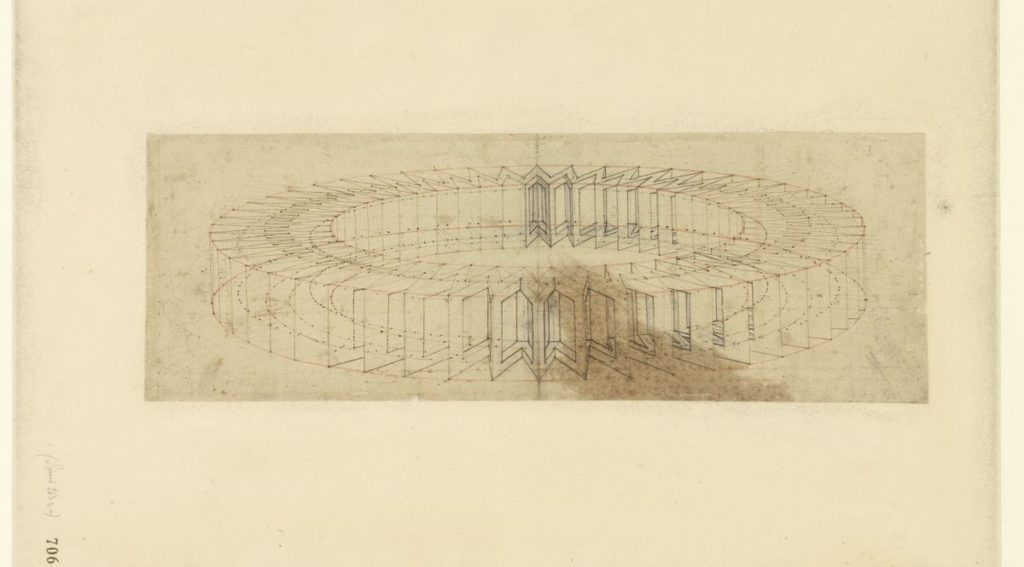
Room 4: Ideal cities and waterways
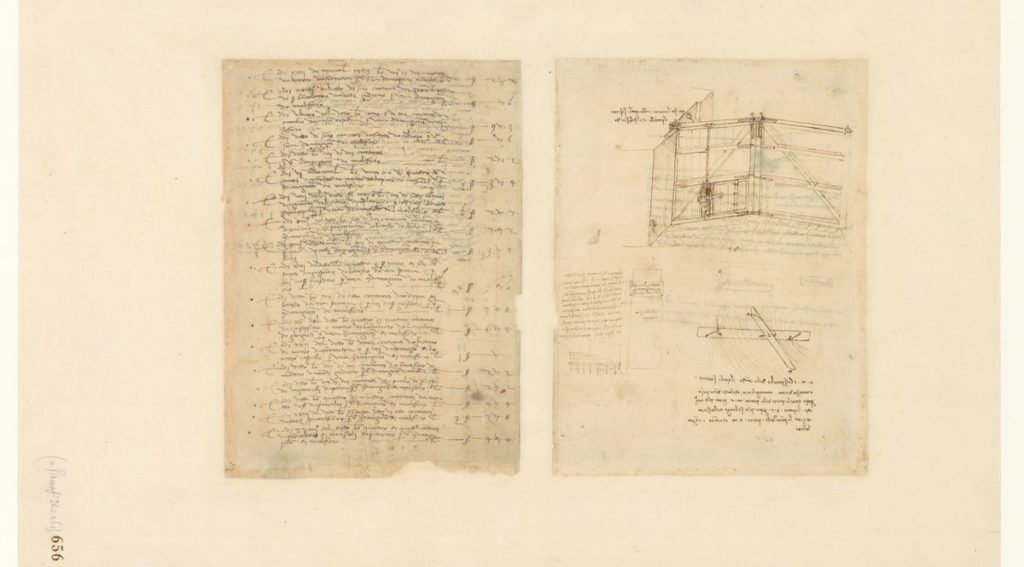
Room 8: The Art of War
